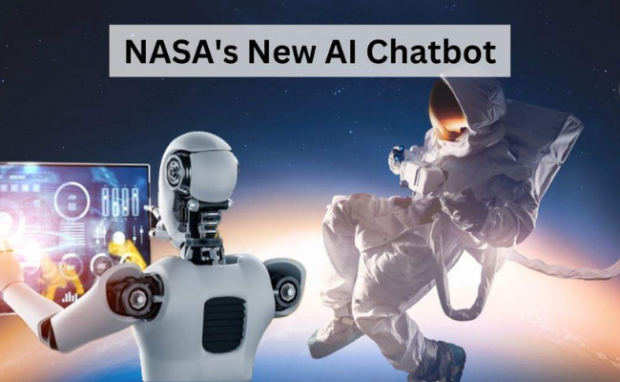NASA humanoid robot will oversee oil rigs for remote testing
NASA’s new humanoid robot will prepare for space missions in The Land Down Under. On July 6, 2023, the National Aeronautics and Space Administration said it would test its human-like robot in Australia. Its first mission is in Woodside Energy, where it will improve the company’s offshore operations and enhance worker safety.
The most common purpose of robots is to perform tasks too dangerous for humans. Consequently, NASA wants to deploy human-like machines enabling astronauts to embark on space missions without stepping foot in space. As a result, they could advance research and help astronauts live in extraterrestrial environments.
Space exploration provided the world with great technologies like GPS, so these robots could eventually improve our lives. This article will discuss what NASA plans with its humanoid robots. Then, I will cover its other projects.
What is the purpose of the NASA humanoid robot?
NASA’s humanoid robot is called Valkyrie, a reference to Norse mythological warriors. The space research group designed it to perform “dull and repetitive tasks” to help humans perform more complex tasks.
Of course, the robot must undergo rigorous testing before it embarks into outer space. Consequently, it will test the machine in an Earth environment similar to space missions.
The aerospace industry chose a Woodside Energy facility in Western Australia. The energy company will test the bot’s software and share data to help Valkyrie development.
“NASA plans to leverage experience operating Valkyrie in Woodside’s facilities to learn how to better design robots for work in dirty and hazardous conditions, like those found on the Moon at the long-term worksites and habitats that will be established as part of future Artemis missions,” said the space org.
The NASA robot will facilitate the company’s operations by inspecting infrastructure. More importantly, it will verify environments are safe for humans, protecting the workforce.
You may also like: Saturn’s moon contains building block of life
It’s cool to see robots in space, but how do they work? NASA’s bot walks on two legs and uses hazard cameras and a modified Carnegie Robotics Multisense SL for scanning surroundings.
According to The Register, its designers gave it “anthropomorphic touches” to feel more like a regular coworker to human astronauts. JSC team leader Nicolaus Radford told IEEE Spectrum:
“Our robot is soft. If you brush against it while you’re working, you don’t want to feel this cold, hard metal. You want it to feel natural, like you’re working next to another human being. The soft goods – the clothes we put on the robot – give it that feel, that appearance of being more comfortable to be near.”
What are NASA’s other projects?

Photo Credit: jagranjosh.com
The aerospace research group has been working on other projects. For example, it recently started its Crew Health and Performance Exploration Analog.
CHAPEA involves three one-year Mars surface simulations at the NASA Johnson Space Center. The space organization started the first part by sending researchers to a Mars habitat simulation in 378 days.
CHAPEA’s main goal is to “assess human health and performance in relation to Mars.” Julie Kramer-White, the director of engineering at NASA, explained:
“These long-duration mission simulations really bring Mars closer to us. They help us realize Mars is within our reach as we try to address the issues and challenges that will face us in these long missions.”
You may also like: NASA achieves water recovery feat
NASA is also developing an AI chatbot to enable astronauts to communicate with their spaceships. Its computer scientist, Dr. Larissa Suzuki, explained its purpose.
She said it would function like ChatGPT to execute spacecraft tasks. For example, astronauts could ask the bot to scan for malfunctions instead of checking manually. Dr. Suzuki explained:
“It’s really not like science fiction anymore. The idea is to get to a point where we have conversational interactions with space vehicles, and they [are] also talking back to us on alerts, interesting findings they see in the solar system and beyond.”
Conclusion
NASA announced it would test its latest humanoid robot in Woodside Energy’s Western Australia facility. The bot will assist operations while the company shares data with NASA.
Eventually, the space organization may create the first human-like droid to explore space. It could help astronauts research areas too dangerous for humans.
These could lead to scientific breakthroughs that could radically improve our lives. Check out more tips and trends in space exploration, artificial intelligence, and more at Inquirer Tech.
Read Next
Subscribe to INQUIRER PLUS to get access to The Philippine Daily Inquirer & other 70+ titles, share up to 5 gadgets, listen to the news, download as early as 4am & share articles on social media. Call 896 6000.
For feedback, complaints, or inquiries, contact us.
For all the latest Technology News Click Here
For the latest news and updates, follow us on Google News.



